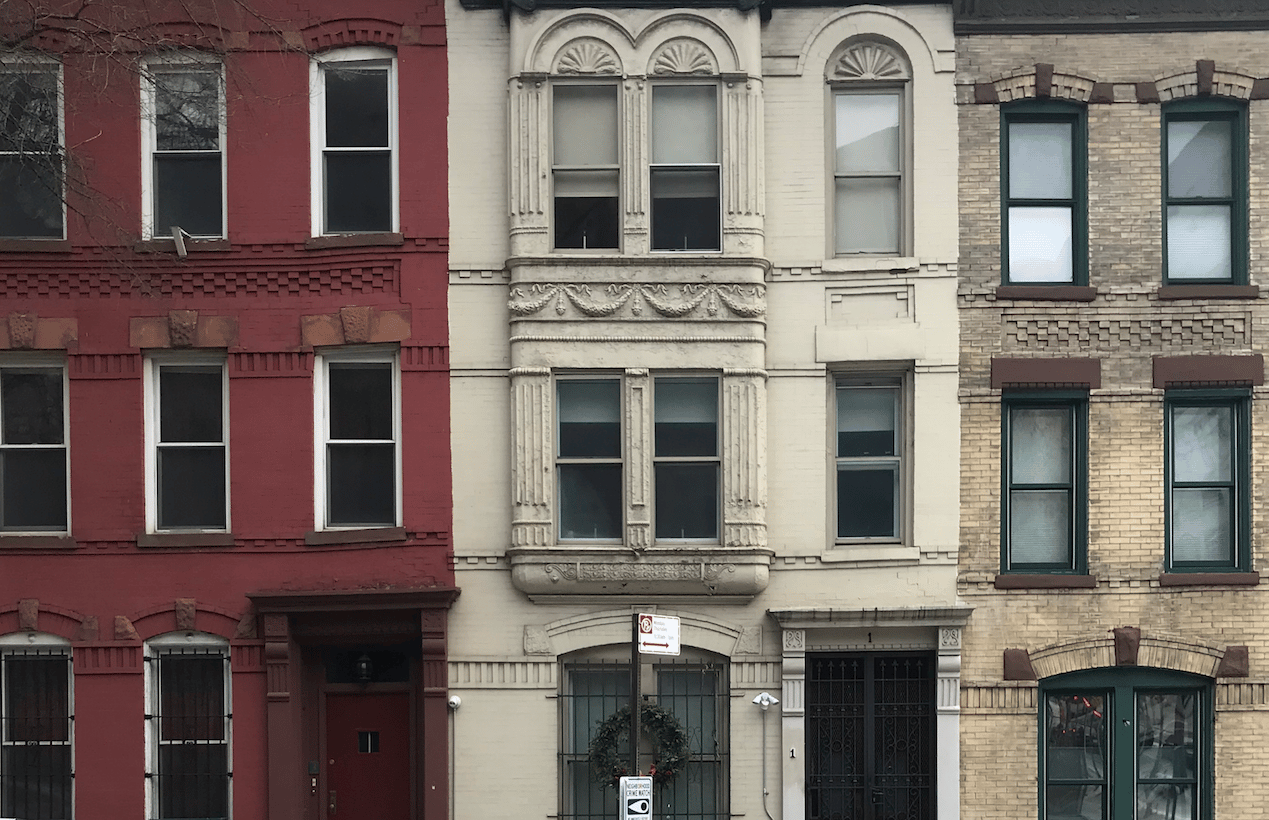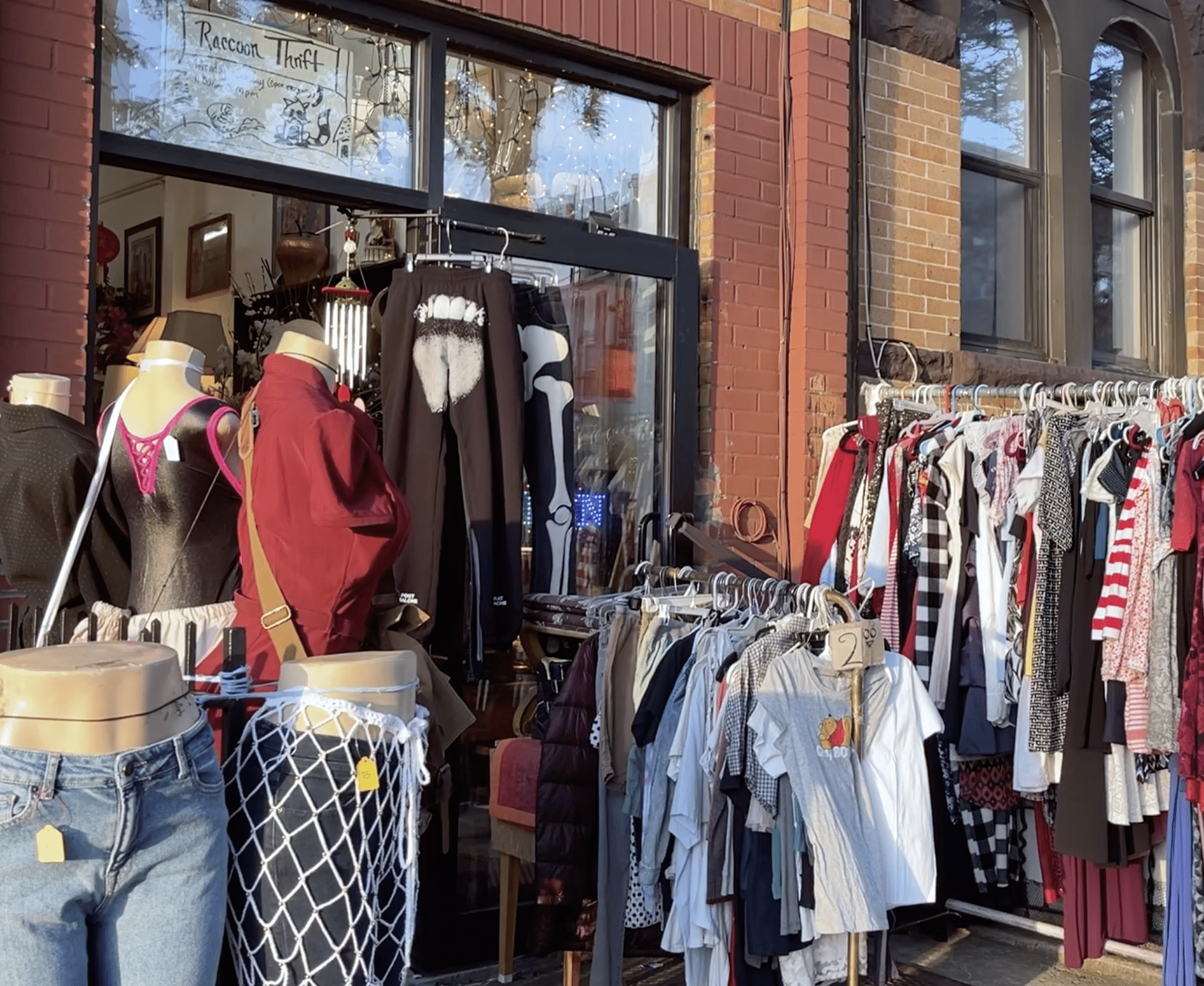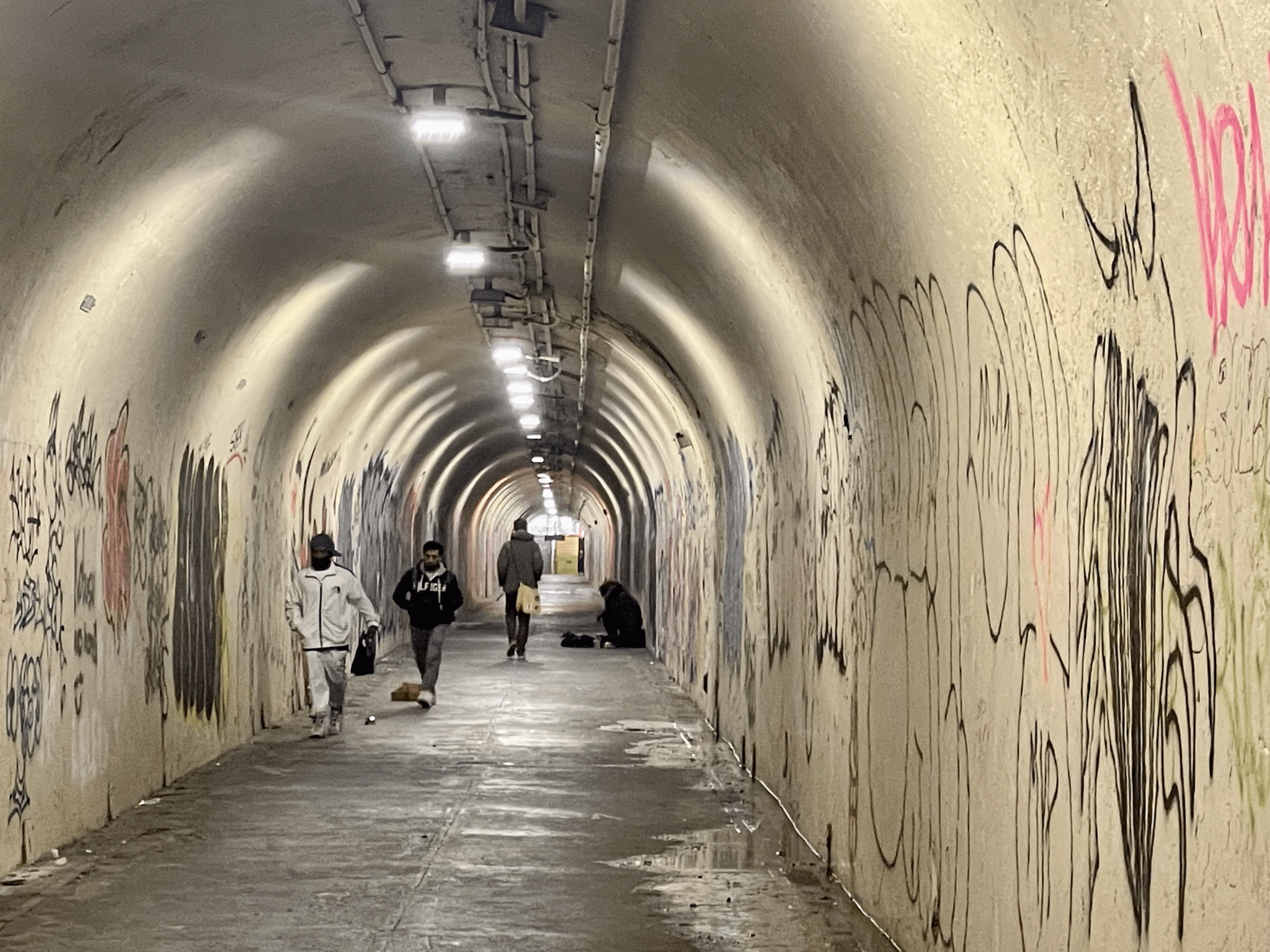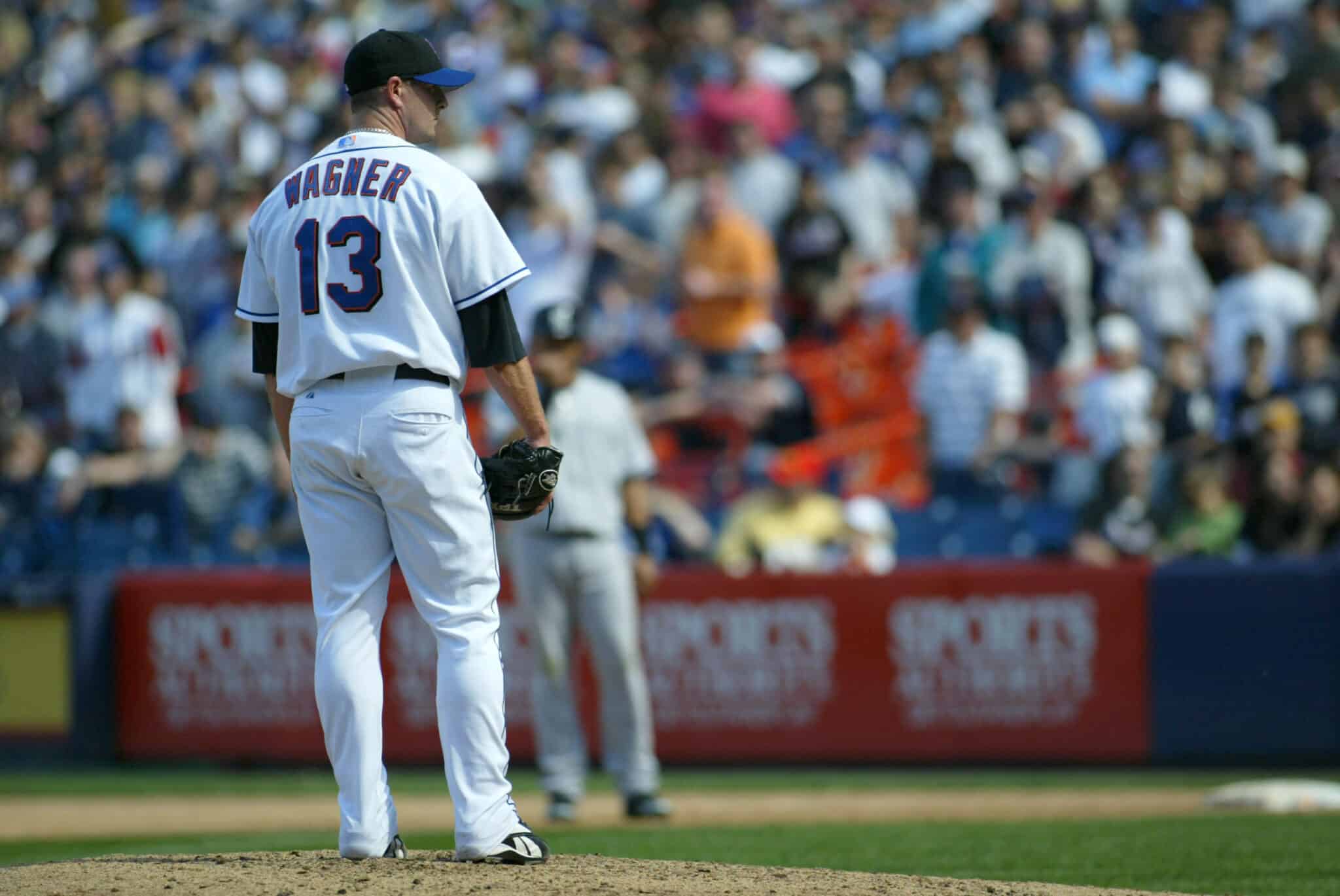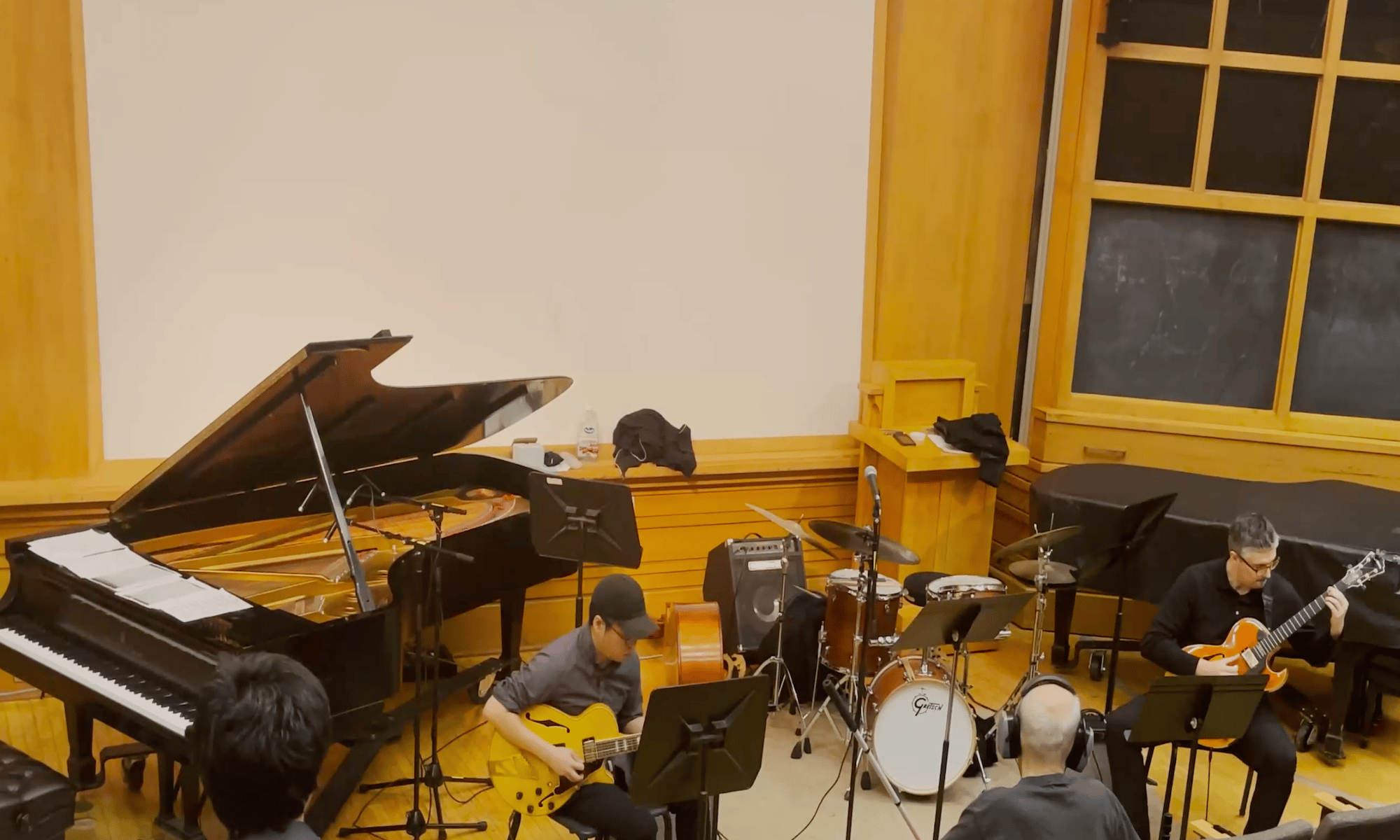Older buildings in Central Harlem are targets of developers. Photo by Ibrahim Hersi
“These money-hungry capitalists should respect people’s neighborhoods and homes because it carries a lot of culture in it,” said Sarah Dawoud about changes in Harlem. Residents of Central Harlem face major challenges that put their affordable housing in jeopardy.
Residents identify many factors contributing to the problem: rising rents, a shortage of housing stock, and gentrification—both by people who move into the neighborhood and renovate old brownstones and developers who tear them down and build new high and mid-rise buildings. “I think housing in Harlem is now made for the sole purpose of putting a roof over the heads of the rich, usually from out of state,” Dawoud said. “There’s way too much gentrification in my opinion.”
Renters in Central Harlem pay more than 30 percent of their income for housing and have trouble paying for essentials like clothing, food, and health care. “Housing is generally overpriced, but I think it is worth it being here in Harlem,” Yacouba Coulibaly said. The statistics show the challenge. In 2019, 23.7 percent of renter households in Central Harlem were severely rent burdened and spent more than 50 percent of their household income on rent, according to the NYU Furman Center.
In the 1930s during the Harlem Renaissance, Harlem became known as the Black mecca of the world. Jazz clubs, soul food, and African American heritage define the neighborhood where you will find brownstones, condos, parks, high rises, chain stores, churches, and mosques. Iconic restaurants like Sylvia’s draw tourists and so do churches with gospel choirs and spots like the Apollo. Fashion stars are also born and raised here. “One of my favorites is Dapper Dan, a Harlem fashion icon,” said Harlemite Nathan Keflom.
Today Central Harlem is diverse: 54 percent of the people who live here are African American, 23 percent have Hispanic backgrounds, 15 percent are White, and 3 percent are Asian as of 2020, DATA USA found. Residents feel a shared connection because it’s Harlem. “I love the fact that you can interact with anyone in Harlem whether on the bus or train, in a deli, or just on the curb of a sidewalk waiting for the light to turn green,” Mamadou Diallo said.
But there is a problem keeping apartments and finding them. Community leaders and politicians point to what they see as a flaw in the way people become eligible for housing assistance. The city, state and federal government use a formula called Area Median Income (AMI). That is theoretically the household income for the median household in the area. It is calculated based on how many people are in a household.
“We want deeply affordable units, but we are saying that the average incomes of people in our community is not reflected in that area median income. That is the battle,” said Charles Powell a member of the housing committee of Community Board 10. The housing committee is focused on the preservation and maintenance of all types of affordable housing. They are working with the mayor’s office and developers to find an immediate solution soon and they are also working with the city council.
City Councilperson Kristin Richardson’s office is working on the problem. “We have been trying to address housing and obviously rising rents through multiple different ways,” said Ovie Lattimore III, Richardson’s budget and legislative director. He said, “Legislatively, we’re trying to submit different legislation that would try to change how we’re defining affordable. We have submitted a piece of legislation that would try to implement a local median income.”
As all this work is done, Dawoud hopes that Harlem isn’t changed by outside people. “I hope in 20 years, Harlem still looks and feels like Harlem. It’s a shame. I remember wanting to live in Harlem when I was younger because I loved going there so much.”
Tags: Charles Powell Community Board 10 Community Board 10 Councilperson Kristin Richardson evictions Housing Ovie Lattimore III rent
